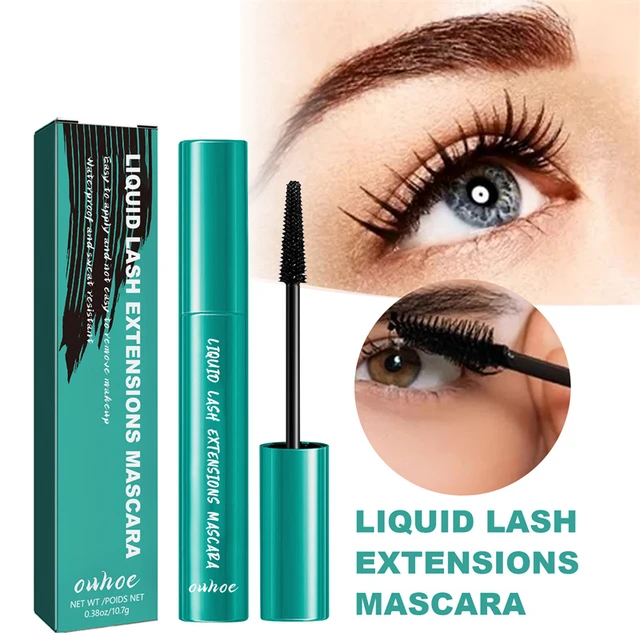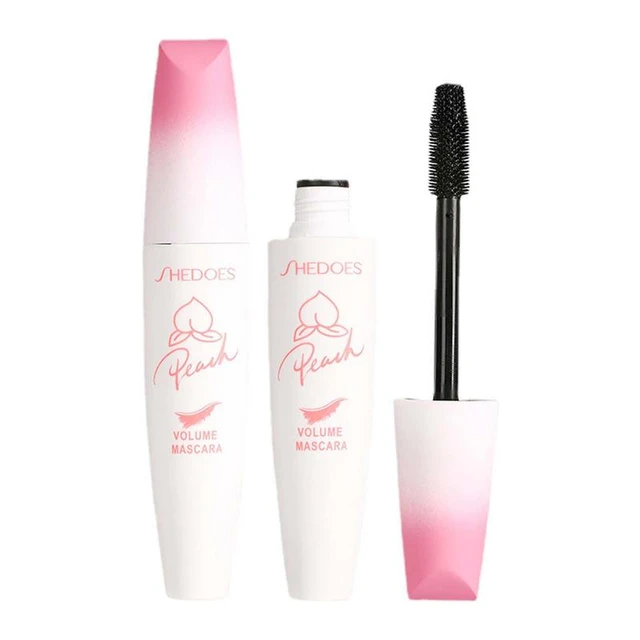 Introduction:
Introduction:
Mascara is an essential cosmetic product that enhances the appearance of eyelashes, adding length, volume, and definition. However, like any other beauty product, mascara has a limited lifespan due to hygiene and effectiveness concerns. In this comprehensive guide, we will explore how often you should replace mascara, the signs of mascara expiration, and tips for prolonging its shelf life. By understanding the importance of replacing mascara regularly, you can maintain healthy eyes and achieve the best results from your mascara application.
 Mascara Lifespan and Expiration
Mascara Lifespan and Expiration
Hygiene Concerns:
Mascara comes into direct contact with the eyes and lashes, making it susceptible to bacterial contamination.
Over time, bacteria can multiply in the mascara tube, increasing the risk of eye infections.
Effectiveness and Performance:
Mascara formula can dry out or become clumpy over time, affecting its performance and ability to coat the lashes properly.
Expired mascara may not provide the desired length, volume, or curl, resulting in a less effective application.
How Often to Replace Mascara
General Guideline:
As a general guideline, mascara should be replaced every 3 to 6 months.
This timeframe ensures the product remains fresh and reduces the risk of bacterial contamination.
Frequent Use:
If you use mascara daily or more frequently, consider replacing it closer to the 3-month mark.
Frequent use increases the chances of bacteria accumulating in the mascara tube.
Infrequent Use:
If you use mascara infrequently or for special occasions only, you may extend the replacement period closer to the 6-month mark.
However, it’s important to note that mascara can still expire and become less effective over time, even with minimal use.
 Signs of Mascara Expiration
Signs of Mascara Expiration
Change in Consistency:
Expired mascara may become thicker, clumpy, or have a dry texture.
Changes in consistency can affect the smooth application and lead to unsatisfactory results.
Unpleasant Odor:
Mascara past its prime may develop an unpleasant, chemical-like odor.
If you notice a strong or off-putting smell, it’s a clear indication that the mascara has expired.
Irritation or Sensitivity:
Using expired mascara can cause eye irritation, redness, itching, or other discomfort.
If you experience any adverse reactions after mascara application, it’s essential to discontinue use and replace the product.
Tips for Prolonging Mascara’s Shelf Life
Proper Storage:
Store mascara in a cool, dry place, away from direct sunlight or high humidity.
Exposure to heat and moisture can accelerate the breakdown of the formula.
Avoid Pumping the Wand:
Pumping the mascara wand inside the tube introduces air and increases the likelihood of drying out the product.
Instead, twist the wand inside the tube to pick up the desired amount of mascara.
Don’t Share Mascara:
Sharing mascara with others increases the risk of cross-contamination and the spread of bacteria or eye infections.
It’s best to avoid sharing personal mascara with anyone.
Avoid Adding Liquid:
Adding water, saliva, or any other liquid to mascara to extend its lifespan is not recommended.
This can introduce additional bacteria and compromise the integrity of the product.
 To properly use mascara, follow these steps:
To properly use mascara, follow these steps:
Prepare your lashes:
Ensure that your lashes are clean and dry before applying mascara. Remove any traces of old mascara or eye makeup using a gentle makeup remover.
Curl your lashes (optional):
If desired, use an eyelash curler to curl your lashes before applying mascara. Start at the base of your lashes and gently clamp the curler for a few seconds. Move the curler towards the tips of your lashes for a natural-looking curl.
Choose the right mascara:
Select a mascara that suits your desired look and lash type. Consider factors such as lengthening, volumizing, waterproof, or smudge-proof formulas based on your preference and needs.
Open the mascara tube:
Remove the wand from the mascara tube by twisting it gently, avoiding pumping the wand in and out. This action can introduce air into the tube and cause the mascara to dry out faster.
Remove excess product:
Before applying mascara, wipe off any excess product from the wand by gently scraping it against the rim of the mascara tube. This helps prevent clumping and excessive product buildup on the lashes.
Apply mascara to the upper lashes:
Starting at the base of your upper lashes, sweep the mascara wand upward in a zigzag motion. This helps to evenly coat the lashes from root to tip. Continue applying until you achieve the desired volume and length. Be careful not to overload the lashes to prevent clumping or a heavy look.
Apply mascara to the lower lashes (optional):
If desired, lightly coat the lower lashes by using the tip of the mascara wand. Use a gentle touch to avoid smudging or clumping.
Separate and comb the lashes (optional):
If you notice any clumps or if you prefer a more separated look, use a lash comb or a clean mascara wand to comb through the lashes while the mascara is still wet. This helps separate and define the lashes for a more natural look.
Let the mascara dry:
Allow the mascara to dry completely before applying any additional coats or continuing with your makeup routine. Avoid blinking or touching your lashes during this time to prevent smudging.
Remove mascara properly:
At the end of the day, gently remove your mascara using a makeup remover specifically designed for the eyes. Soak a cotton pad or a cotton swab with the remover and gently wipe it along your lashes, moving from the base to the tips.
Remember to replace your mascara every three to six months to prevent the risk of bacterial contamination or product deterioration.Correctly applying mascara.Proper usage of mascara can help enhance the appearance of your lashes, giving you a more defined and dramatic eye look.
 Conclusion:
Conclusion:
Regularly replacing mascara is crucial for maintaining eye health and achieving optimal results. By following the guidelines outlined in this comprehensive guide, you can determine how often to replace your mascara, recognize signs of mascara expiration, and employ strategies to prolong its shelf life. Remember, using expired mascara can lead to eye irritation, unsatisfactory application, and a higher risk of eye infections. By practicing good hygiene, storing mascara properly, and adhering to the recommended replacement timeframe, you can enjoy the benefits of fresh, effective mascara application while keeping your eyes healthy and beautiful.